Interesting excerpt from an article in The Guardian earlier this year, 20 predictions for the next 25 years. The full article is available here.
Energy: ‘Returning to a world that relies on muscle power is not an option’
Providing sufficient food, water and energy to allow everyone to lead decent lives is an enormous challenge. Energy is a means, not an end, but a necessary means. With 6.7 billion people on the planet, more than 50% living in large conurbations, and these numbers expected to rise to more than 9 billion and 80% later in the century, returning to a world that relies on human and animal muscle power is not an option. The challenge is to provide sufficient energy while reducing reliance on fossil fuels, which today supply 80% of our energy (in decreasing order of importance, the rest comes from burning biomass and waste, hydro, nuclear and, finally, other renewables, which together contribute less than 1%). Reducing use of fossil fuels is necessary both to avoid serious climate change and in anticipation of a time when scarcity makes them prohibitively expensive. It will be extremely difficult. An International Energy Agency scenario that assumes the implementation of all agreed national policies and announced commitments to save energy and reduce the use of fossil fuels projects a 35% increase in energy consumption in the next 25 years, with fossil fuels up 24%. This is almost entirely due to consumption in developing countries where living standards are, happily, rising and the population is increasing rapidly. This scenario, which assumes major increases in nuclear, hydro and wind power, evidently does not go far enough and will break down if, as many expect, oil production (which is assumed to increase 15%) peaks in much less than 25 years. We need to go much further in reducing demand, through better design and changes in lifestyles, increasing efficiency and improving and deploying all viable alternative energy sources. It won’t be cheap. And in the post-fossil-fuel era it won’t be sufficient without major contributions from solar energy (necessitating cost reductions and improved energy storage and transmission) and/or nuclear fission (meaning fast breeder and/or thorium reactors when uranium eventually becomes scarce) and/or fusion (which is enormously attractive in principle but won’t become a reliable source of energy until at least the middle of the century). Disappointingly, with the present rate of investment in developing and deploying new energy sources, the world will still be powered mainly by fossil fuels in 25 years and will not be prepared to do without them.
- Chris Llewellyn Smith is a former director general of Cern and chair of Iter, the world fusion project, he works on energy issues at Oxford University.
So what is our government doing about providing for our energy security in the future when it’s unoversally accepted that renewables will NOT provide enough energy no matter what we do with them. Build an interconnect? Check. But now we’re leaving ourselves open to being more dependent on other people’s energy if we assume that the interconnector will safe guard our future. Why isn’t the government pushing an indigenous industry in biofuels and biomass on a massive scale? They’ve actually de-incentivised the production of ethanol and cars that can run on them. Why? Following food riots in poorer countries recently, due to locals not being able to afford corn as the market price for corn had increased as, predominantly in America, corn was being used up to produce ethanol. Subsequently ethanol appears to have become a dirty word and the Irish government didn’t want to be seen to be supporting it. Of course ethanol which was being produced in Ireland at the time was being produced from a by product of the dairy industry – milk whey. The production of this wasn’t taking the food out of anybodies mouths. Thanks to the governments knee jerk reaction the sale of E-85 bioethanol was no longer viable in Ireland and so Maxol withdrew it. Brazil has a thriving ethanol industry, producing ethanol from sugar cane. Again no one is being deprived of food due to the choice of raw material for their ethanol industry. The Brazilian government has been strategically developing this industry since the oil crisis at the beginning of the 70′s and now over 70% of all cars in Brazil run on domestically produced ethanol. Could we revitalise our defunct sugar industry. Could we revitalise rural, agricultural areas by providing a ready market to farmers for their sugar AND milk from dairy herds which they would otherwise be paid by Europe not to produce because the eurocrats, justifiably, don’t want another milk/butter/etc lakes and mountains forming again. If we have the capacity in terms of farmers and agricultural land which is either not being used or not being used efficiently, could we develop a viable biofuel economy here in Ireland?
Below is a Sankey Diagram for Ireland’s energy inputs and outputs. Everything is expressed in Kilo Tonnes Oil Equivalent (KTOE). Interestingly, on the output side you can see that Transport is by far the biggest consumer of energy in Ireland, the bulk of which is imported. That’s true for today as well as projections out to 2020.
If government policy concerned itself with promoting the indigenous production of biofuels for transport through the means outlined above, think what it could do for the entire economy, not just the rural economy.
Which would you rather have the Green party pursue – a policy to encourage that kind of activity or one where they’re more worried about hunting for example? Tell our politicians to take their heads out of their collective backsides.
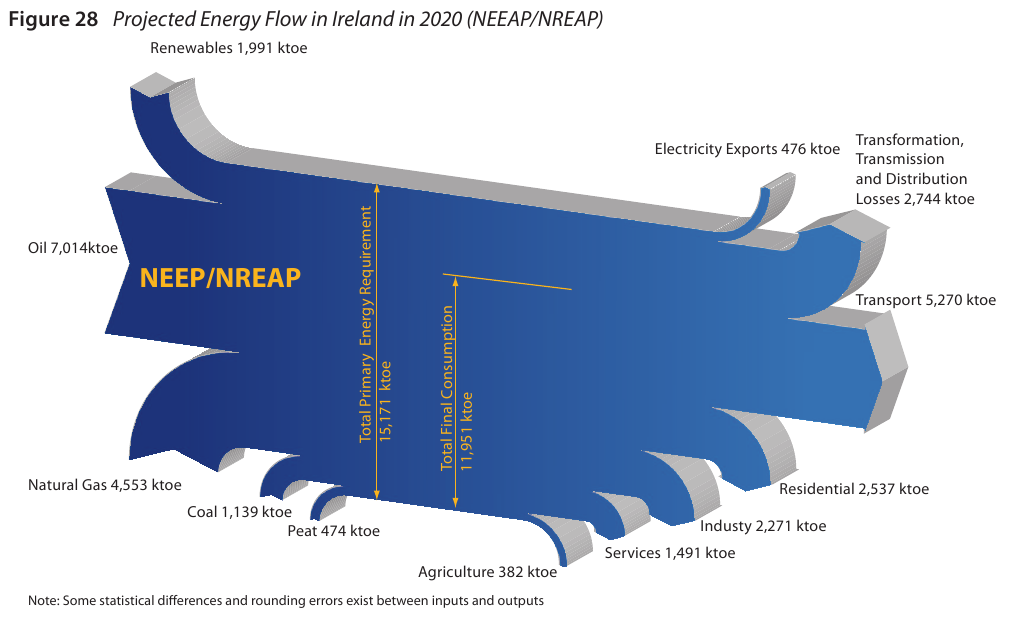
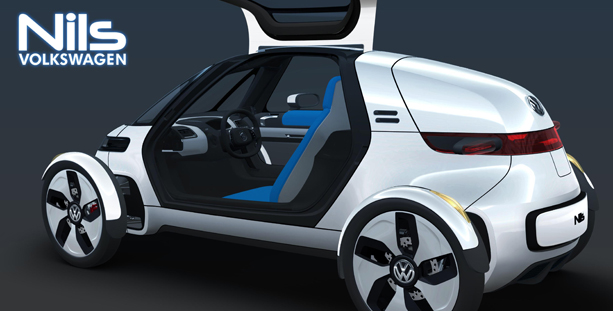
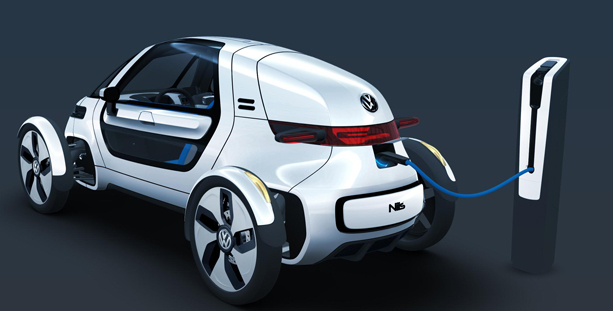
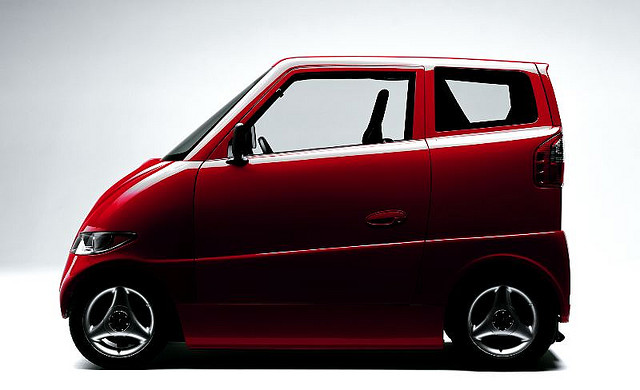
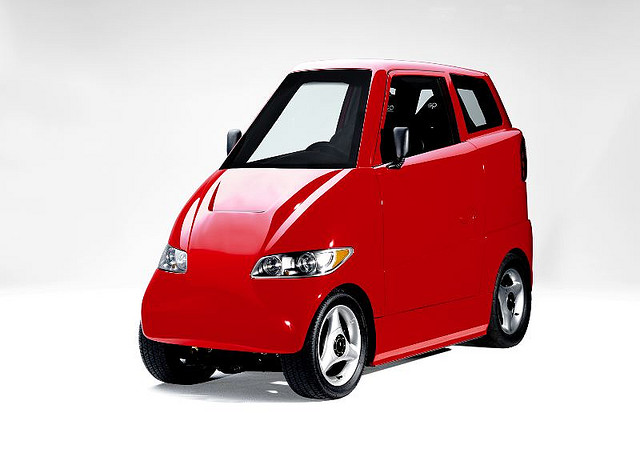
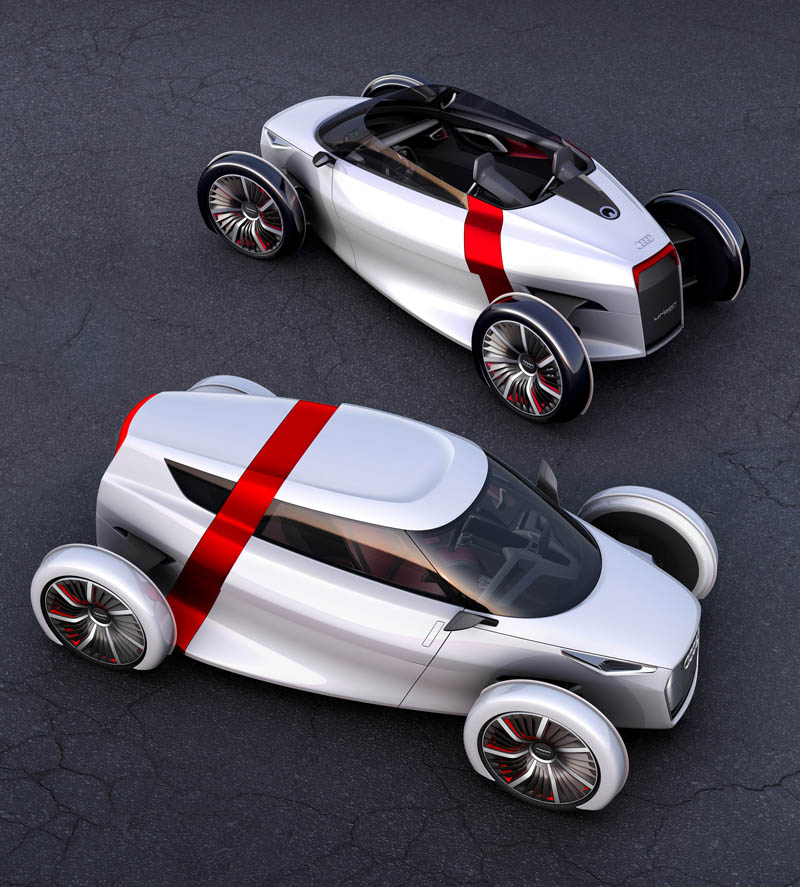
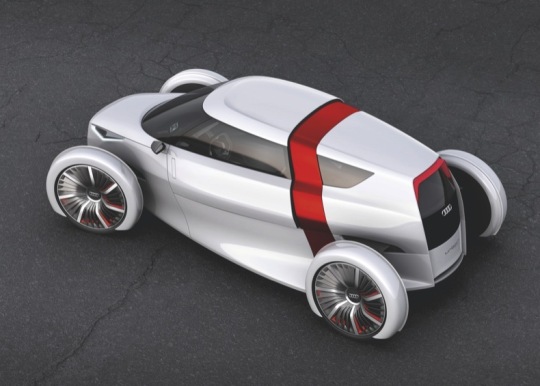
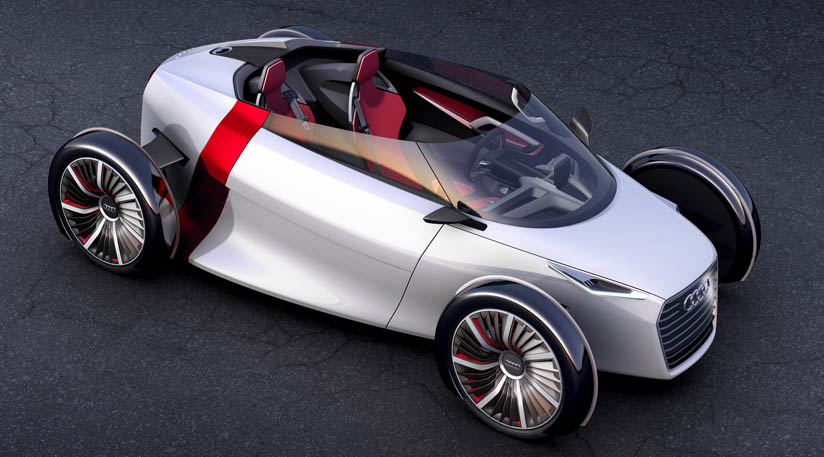
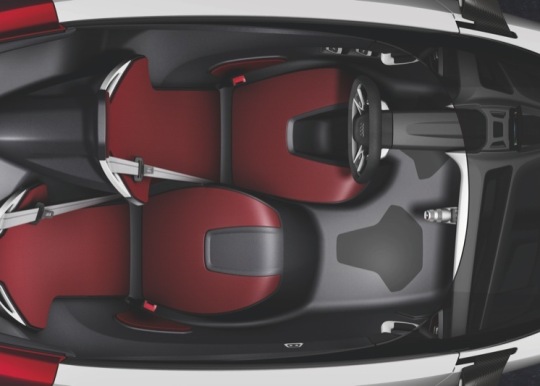
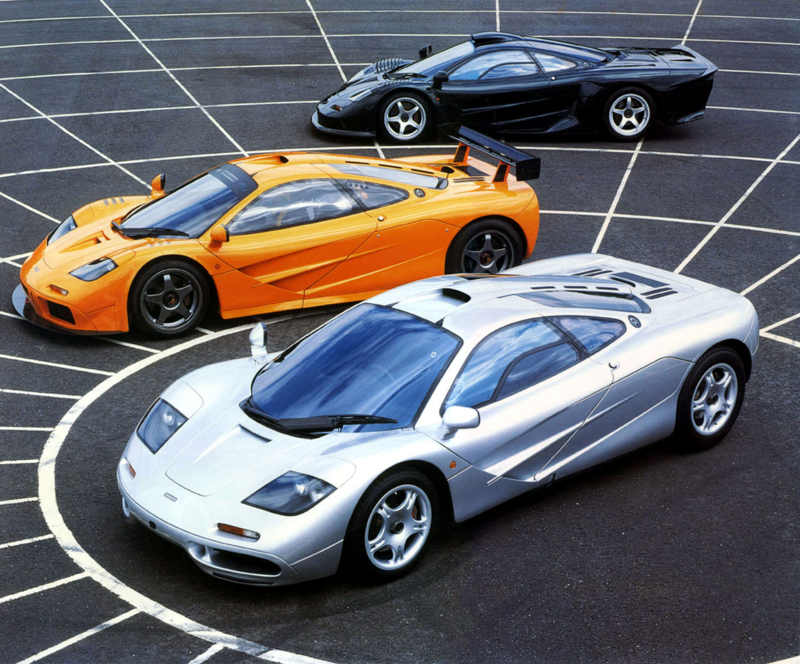
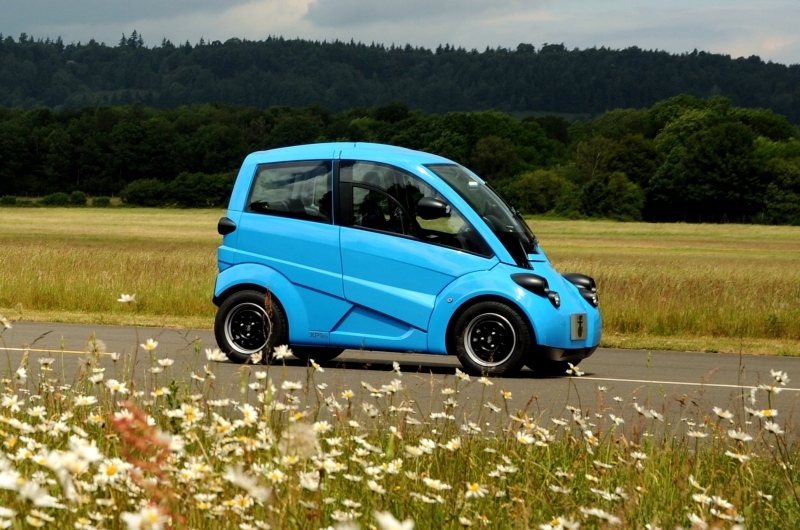
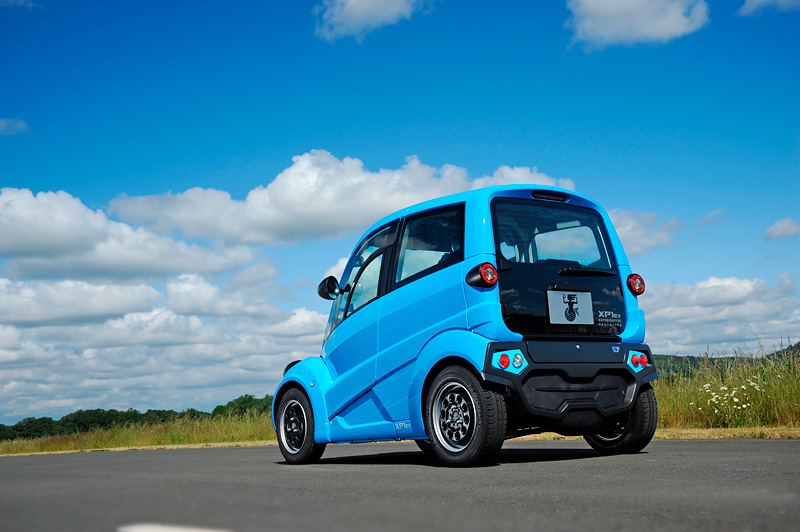
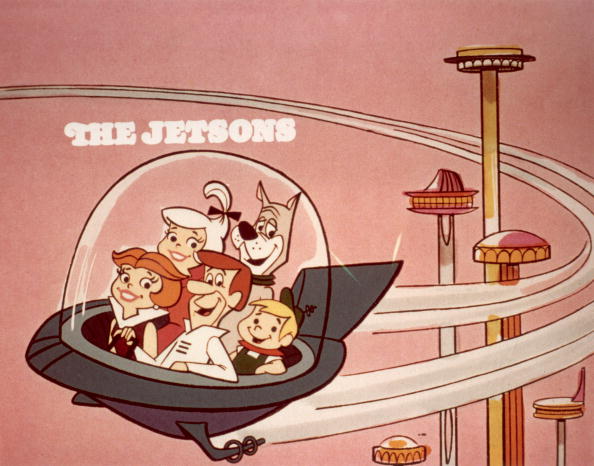
Recent Comments